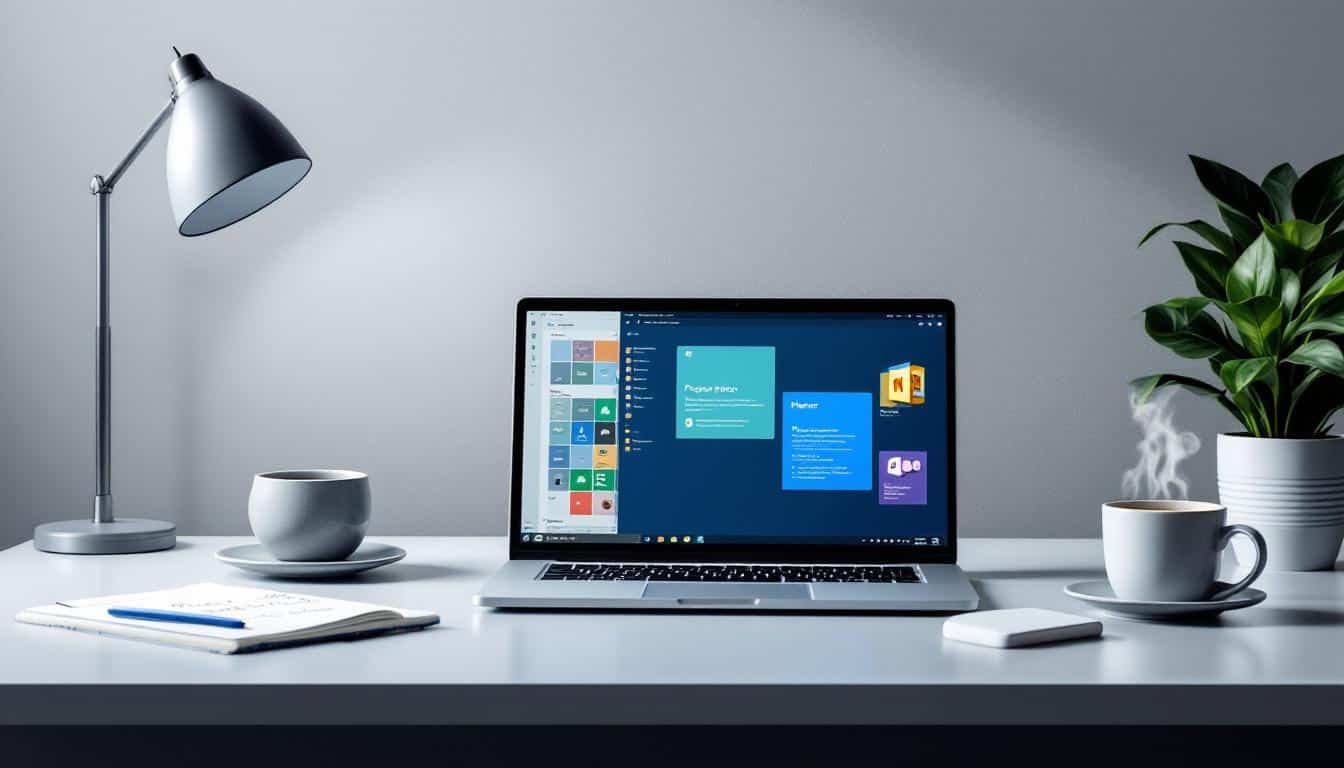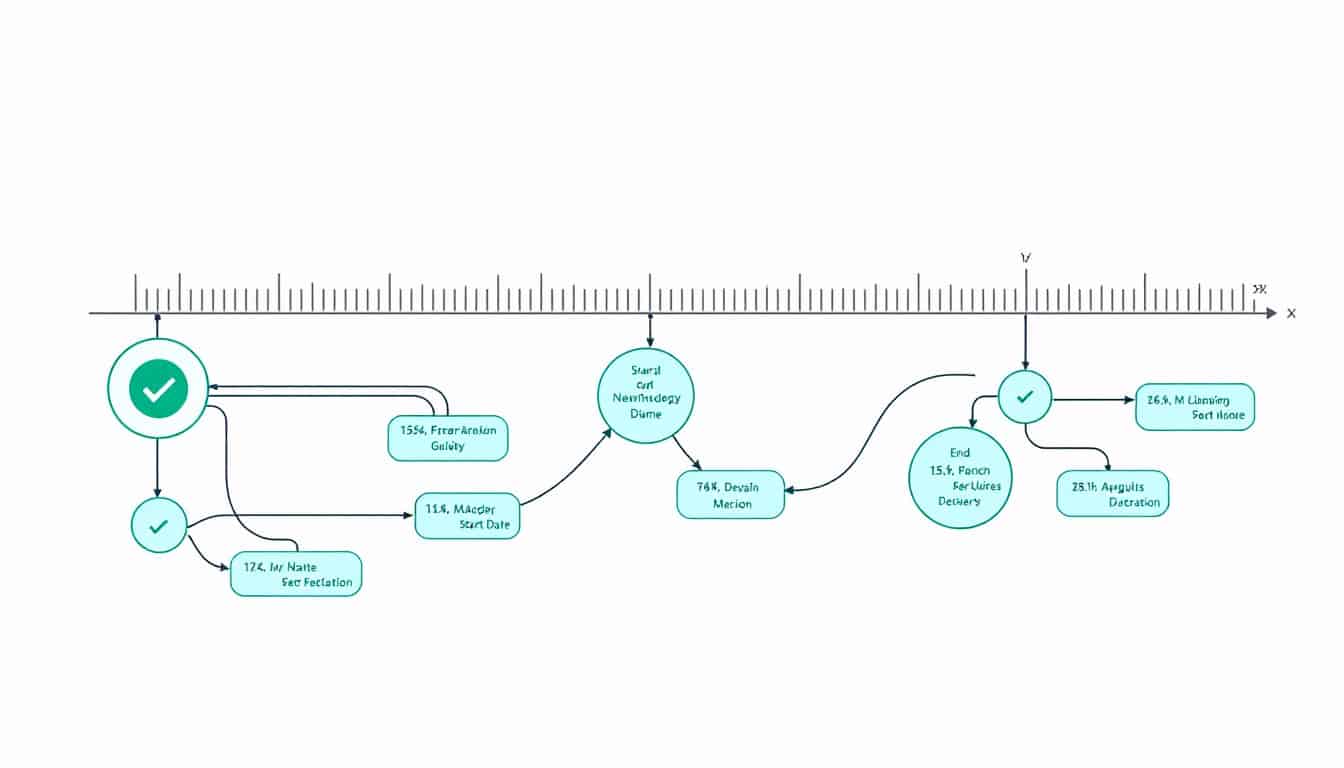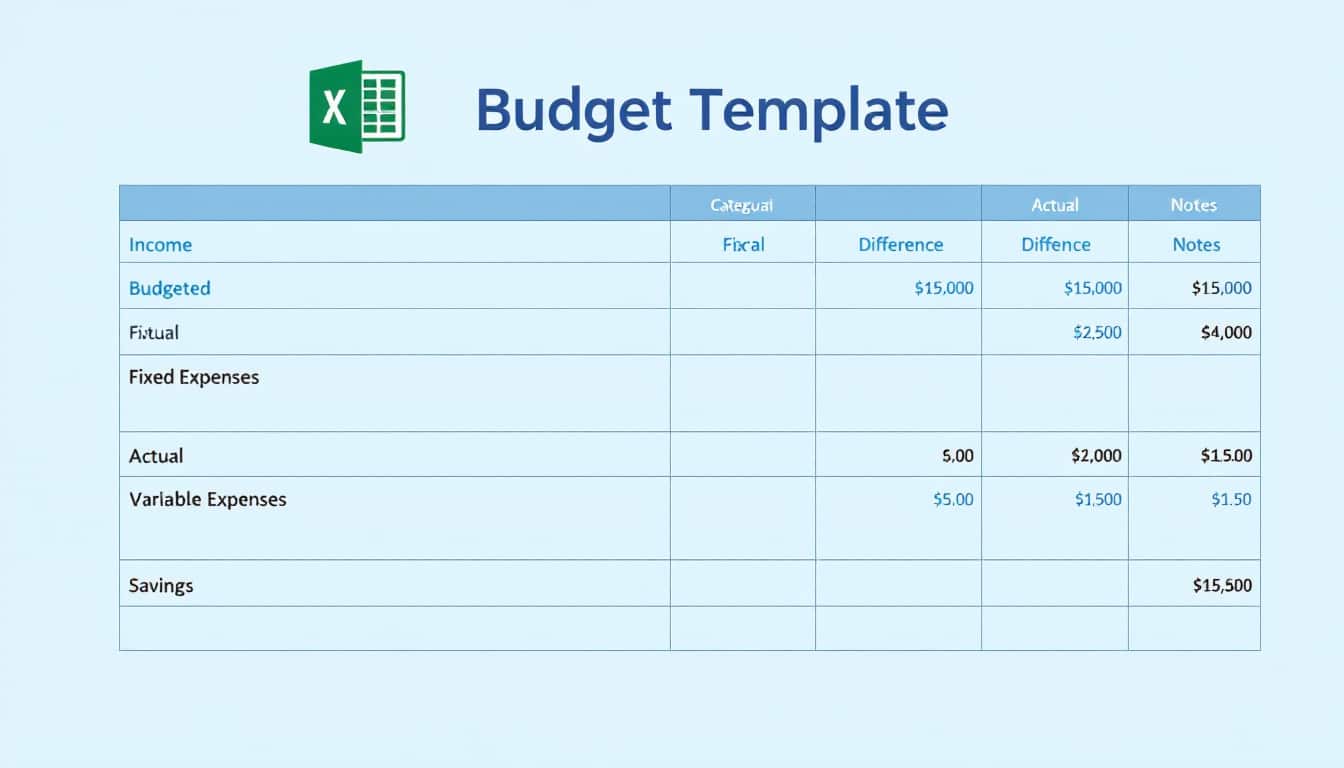Hello, my name is Héloïse, I am 33 years old and I am a writer.Passionate about words and creativity, I use my expertise to serve your projects.Through engaging and tailored content, I bring your ideas to life.
Navigating a professional environment can sometimes be fraught with challenges, especially when it comes to collaborating with difficult colleagues. Whether they are slackers or manipulators, each situation requires an adapted approach. Adopting effective strategies can transform tense relationships into constructive collaborations. Objectively analyzing each person’s behavior and strengthening communication are key steps. Creating an inclusive environment and protecting the quality of work are also essential for maintaining a positive dynamic within the team.
🔥 Nous recommandons Ideamap
Ideamap est l’outil idéal pour un brainstorming ou un projet collaboratif. Grâce son interface facile et à ses fonctions IA, Ideamap booste votre créativité tout en favorisant une meilleure organisation de vos idées pour atteindre vos objectifs.

Understanding the causes of laziness in a colleague
When faced with a lazy colleague, it is essential to first understand the underlying reasons for this behavior. Often, a lack of motivation, a lack of professional challenges, or personal problems can contribute to decreased productivity. By analyzing the situation, it becomes easier to adopt an appropriate approach for managing this type of colleague. For example, a monotonous or unchallenging work environment may lead an employee to disengage. According to some studies, insufficient recognition or a lack of career development prospects can also play a crucial role in an employee’s disinterest in their daily tasks.
Taking the time to observe and dialogue with the concerned colleague allows for the identification of the true obstacles to their performance. Open and empathetic communication can reveal hidden issues, whether related to workload, interpersonal conflicts, or personal difficulties. By better understanding your colleague’s motivations and barriers, you can develop more effective strategies to improve the situation. This proactive approach not only fosters better collaboration but also contributes to creating a more harmonious and productive work environment.
Strengthening communication to improve collaboration
Effective communication is key to managing a lazy colleague. It is crucial to approach the subject with tact and respect to avoid creating unnecessary tensions. Start by organizing a one-on-one discussion in a private and relaxed setting. Express your concerns clearly and factually, avoiding any personal judgment or criticism. For example, instead of saying “You never do anything,” prefer a formulation like “I’ve noticed that some tasks are not completed on time; how can we help you manage them better?”.
Encourage your colleague to share their views and actively listen to their responses. Attentive listening can reveal underlying causes of laziness, such as a lack of clarity in responsibilities or specific obstacles encountered at work. Moreover, it is beneficial to provide constructive feedback regularly. This helps maintain an open dialogue and reinforces collective motivation. Transparent and respectful communication fosters better mutual understanding and can transform a tense professional relationship into a productive collaboration.
Setting clear and achievable goals
To combat a colleague’s laziness, it is essential to set clear and achievable goals. Well-defined objectives provide precise direction and allow for objective measurement of progress. By setting clear expectations, you help your colleague understand what is required of them and focus on priority tasks. For instance, using tools like a Gantt chart or a free task list on Google Sheets can help organize projects in a visual and accessible manner.
It is also beneficial to break projects down into smaller, more manageable steps. This reduces the feeling of being overwhelmed and makes each task more approachable. Additionally, integrating rewards for achieving goals can enhance motivation. For example, publicly recognizing your colleague’s efforts and successes can encourage more proactive behavior. By establishing a regular monitoring system, you can also quickly identify areas where adjustments are needed, thus ensuring continuous progress toward the set objectives.
Encouraging accountability and autonomy
Promoting your colleague’s accountability and autonomy can be an effective strategy for managing laziness at work. By giving your colleague a sense of ownership over their tasks, you can increase their intrinsic motivation. Encourage them to take initiative and propose solutions to encountered problems. For example, in team meetings, create an environment where everyone feels free to share their ideas and take on specific responsibilities.
Autonomy in organizing work also helps reduce stress and fosters a better work-life balance. By offering your colleague the freedom to manage their schedule and priorities, you can enhance their job satisfaction and reduce lazy behaviors. Moreover, by recognizing their efforts and providing appropriate support, you contribute to building their self-confidence and commitment to common goals. This approach fosters a more dynamic and collaborative work environment, where everyone feels valued and motivated to contribute meaningfully.
Using tools and time management techniques
Effective time management is essential for addressing a colleague’s laziness. Introducing time management tools and techniques can greatly enhance productivity and reduce reliance on lazy behaviors. Collaborative platforms like Planzone or dedicated apps can help track project progress and maintain a fair distribution of tasks.
Encourage the use of techniques such as the Pomodoro method, which involves working in short time intervals followed by regular breaks. This technique can help maintain concentration and avoid mental fatigue. Furthermore, establishing clear priorities allows for focusing on the most important tasks first, thereby reducing stress and increasing efficiency. Organizing weekly planning sessions can also help your colleague structure their schedule optimally, identifying the most productive times of the day and allocating specific time for each task. By integrating these tools and techniques into the work routine, you can create an environment conducive to better time management and a significant increase in productivity.
Promoting a positive and inclusive work environment
A positive work environment plays a crucial role in employee motivation and can reduce lazy behaviors. Encouraging collaboration, recognition, and mutual respect creates a climate where everyone feels valued and involved. For instance, organizing team-building activities or brainstorming sessions can strengthen bonds among colleagues and stimulate creativity.
Moreover, an inclusive environment where differences are respected and everyone has the opportunity to express themselves freely promotes a sense of belonging and engagement. By valuing each person’s contributions and recognizing individual efforts, you increase motivation and encourage proactive behavior. Offering training and professional development opportunities can also enhance your colleague’s skills and self-confidence, making them more effective and engaged in their tasks. By cultivating a positive and supportive work atmosphere, you help prevent lazy behaviors and promote a culture of excellence and collaboration.
Intervening strategically and professionally
When a colleague’s laziness persists despite communication and motivation efforts, it may be necessary to intervene more formally. Adopting a strategic and professional approach is crucial to address this issue without creating unnecessary conflicts. Start by documenting incidents of laziness, noting the dates, uncompleted tasks, and the impacts on teamwork. This documentation will be useful during official discussions with your supervisor or the human resources department.
During the intervention, remain factual and avoid personal judgments. Propose concrete solutions, such as task reallocation, implementing mentorship, or participating in personal development training. It is also important to give the colleague the opportunity to respond and explain their behavior. By adopting a respectful and constructive approach, you foster an effective resolution of the problem while preserving team cohesion. In some cases, it may be necessary to resort to more formal measures, such as warnings or performance evaluations, to ensure a sufficient level of productivity within the company.
Encouraging personal and professional development
Investing in your colleague’s personal and professional development can be a sustainable solution to combat laziness. By offering training and improvement opportunities, you help your colleague acquire new skills and feel more competent and confident in their role. For example, organizing creativity workshops or coaching sessions can stimulate interest and professional motivation.
Encourage setting personal goals aligned with team objectives. This allows your colleague to see a clear path for their progression and feel more involved in collective success. Additionally, offering mentorship opportunities where more experienced employees can guide and support their colleagues can strengthen cohesion and motivation. By supporting continuous development, you create an environment where every team member feels valued and encouraged to give their best. This proactive approach not only improves individual performance but also contributes to a positive and dynamic corporate culture.
Using constructive feedback to encourage improvement
Constructive feedback is a powerful tool for encouraging a lazy colleague to improve their performance. Providing regular and relevant feedback helps maintain open communication and track progress made. When giving feedback, ensure it is specific, focused on observable behaviors, and accompanied by concrete suggestions for improvement. For example, instead of saying “You are lazy,” you could say “I noticed that some tasks are not being completed on time. How can we help you better manage your schedule?”.
Feedback should also include positive elements to reinforce desired behaviors. Recognizing efforts and successes, even modest ones, can greatly motivate a colleague to persevere and improve. Using techniques of positive feedback can help create a more encouraging work environment and strengthen self-confidence. Furthermore, it is important to create a space where the colleague feels comfortable expressing their concerns and ideas on how to improve their performance. A balanced and respectful approach to feedback fosters a more harmonious and productive work dynamic, encouraging every team member to give their best.
Promoting a healthy work-life balance
A healthy balance between work and personal life is crucial to prevent burnout and demotivation, which can lead to lazy behaviors. Encouraging your colleague to take regular breaks and manage their time effectively can help maintain their energy and motivation throughout the day. For instance, integrating relaxation moments or well-being activities within the team can promote better stress management and a more positive work atmosphere.
Moreover, promoting a culture where employees feel free to disconnect outside of work hours contributes to overall well-being. Ensure that expectations regarding availability are realistic and that no one feels obligated to work beyond their capabilities. Offering options for remote work or flexible hours can also help better accommodate everyone’s personal and professional needs. By supporting a balanced equilibrium, you contribute not only to your colleague’s mental and physical health but also to increased productivity and reduced lazy behaviors at work.
Involving human resources if necessary
When informal strategies are not enough to resolve a colleague’s laziness problem, it may be necessary to involve human resources. HR has the tools and policies needed to manage such situations professionally and fairly. Before contacting HR, ensure you have documented incidents and tried the various approaches mentioned previously.
Explain the situation objectively and provide all relevant information. HR can then assess the situation and propose suitable solutions, such as mediation meetings, training programs, or disciplinary measures if necessary. It is important to handle this process with discretion and respect for all parties involved. By seeking assistance from human resources, you demonstrate your commitment to maintaining a productive and harmonious work environment while respecting the rights and needs of everyone. This formal approach ensures that the issue is addressed appropriately and in accordance with company policies, thus ensuring an effective and fair resolution.
Success stories in managing lazy colleagues
To illustrate the effectiveness of the strategies mentioned, let’s examine a few successful case studies. In a marketing company, a manager noticed that a member of their team was showing signs of demotivation and low productivity. By engaging in an open conversation and offering personalized mentorship, the colleague was able to rediscover their passion for work, significantly improving their performance. Another example can be found in a technology company where the introduction of regular feedback sessions and time management training helped several employees better organize their work and increase their efficiency.
These examples demonstrate that simple yet well-targeted actions can transform team dynamics and improve overall performance. By applying suitable strategies and remaining attentive to individual needs, it is possible to overcome the challenges posed by a lazy colleague and foster a more productive and harmonious work environment.














